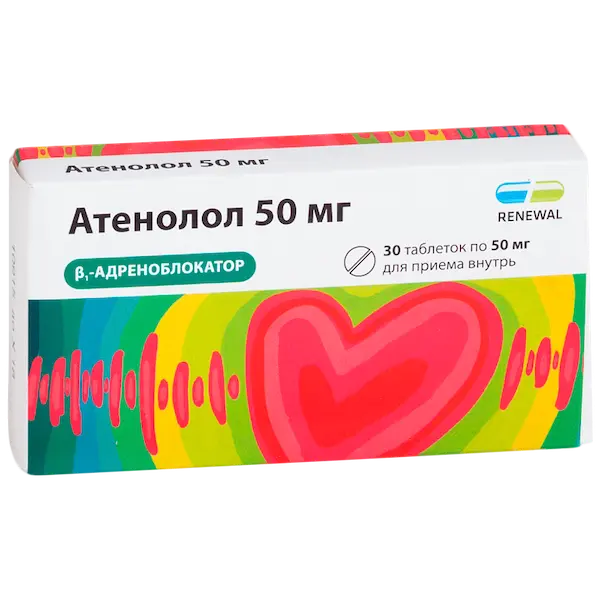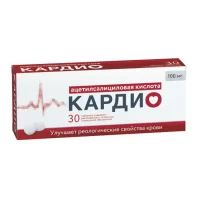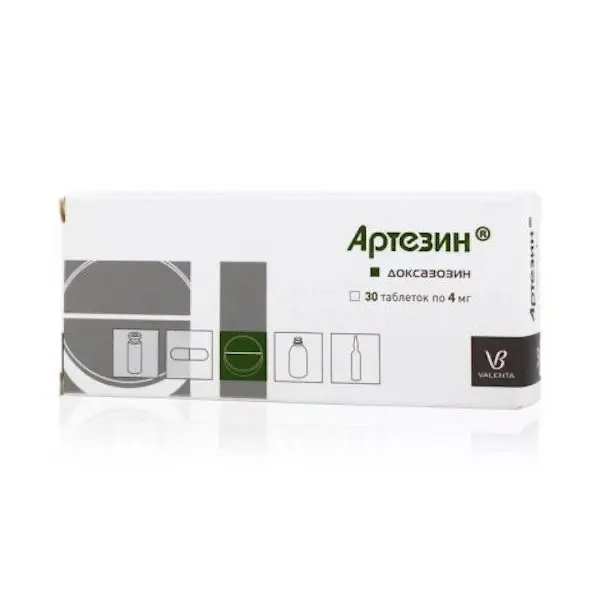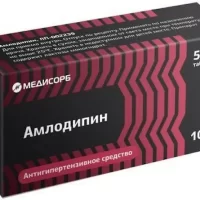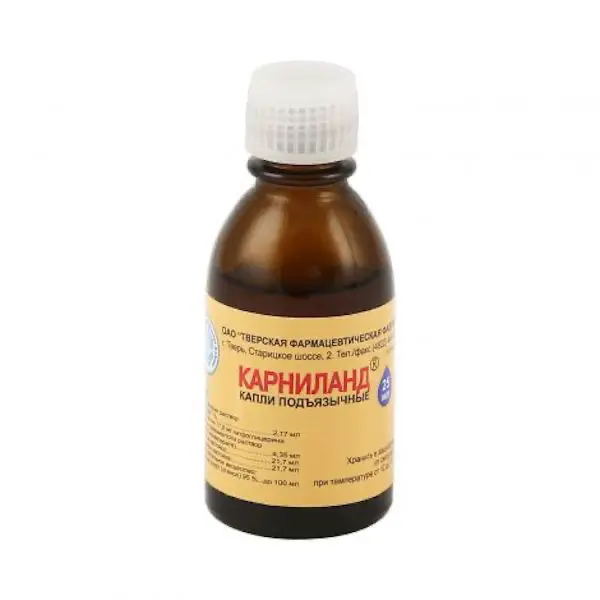Description
Atenolol Pharmacodynamics
It has antianginal, antihypertensive and antiarrhythmic effects. It has no membrane stabilizing and intrinsic sympathomimetic activity. Reduces catecholamine-stimulated formation of cAMP from ATP. During the first 24 hours after oral administration against the background of decreased cardiac output, there is a reactive increase in total peripheral vascular resistance, the severity of which gradually decreases over 1-3 days. Hypotensive effect is associated with decreased cardiac output, decreased activity of the renin-angiotensin system, baroreceptor sensitivity and the effect on the central nervous system. Hypotensive effect is manifested by both reduction of systolic and diastolic blood pressure (BP), reduction of stroke and minute volumes. In medium therapeutic doses, it has no effect on peripheral arterial tone. Hypotensive effect lasts for 24 h, with regular use stabilized by the end of the second week of treatment. The antianginal effect is determined by decreasing myocardial oxygen demand as a result of decreasing heart rate (prolongation of diastole and improvement of myocardial perfusion) and contractility, as well as by decreasing myocardial sensitivity to sympathetic stimulation. It reduces heart rate (HR) at rest and during exercise. By increasing left ventricular end-diastolic pressure and increasing ventricular muscle fiber stretch may increase oxygen demand, especially in patients with chronic heart failure.
Antiarrhythmic action is manifested by suppression of sinus tachycardia and is associated with the elimination of arrhythmogenic sympathetic effects on the cardiac conduction system, reducing the rate of spread of excitation through the sinoatrial node and lengthening the refractory period. It suppresses conduction of impulses in antegrade and, to a lesser extent, in retrograde direction through AV (atrioventricular) node and along additional conduction pathways.
The negative chronotropic effect appears 1 hour after intake, reaches its maximum after 2-4 hours and lasts up to 24 hours.
It reduces automatism of sinus node, slows heart rate, slows AV conduction, reduces myocardial contractility, reduces myocardial oxygen demand. Reduces myocardial excitability. When used in medium therapeutic doses, it has less pronounced effect on bronchial smooth muscle and peripheral arteries than non-selective beta-adrenoblockers.
Indications
– arterial hypertension;
– Prevention of angina attacks (except for Prinzmetal’s angina);
– Cardiac rhythm disorders: sinus tachycardia, prevention of supraventricular tachyarrhythmias, ventricular extrasystoles.
Contraindications
Hypersensitivity to the drug, cardiogenic shock, atrioventricular (AV) block II-III degree, Severe bradycardia (heart rate less than 45-50 beats/min), sinus node weakness syndrome, sinoauricular block, acute or chronic heart failure (decompensation stage), cardiomegaly without signs of heart failure, Prinzmetal angina, hypotension (if used for myocardial infarction, systolic BP less than 100 mm Hg. st), lactation, concomitant use of monoamine oxidase inhibitors (MAOIs), age less than 18 years (efficacy and safety not established).
Patients on hemodialysis, elderly patients.
Caution: diabetes mellitus, metabolic acidosis, hypoglycemia, allergic reactions in the history, chronic obstructive pulmonary disease (including pulmonary emphysema), A and B. pulmonary emphysema), AV blockade of degree I, chronic heart failure (compensated), peripheral vascular obliterating diseases (“intermittent” claudication, Raynaud’s syndrome), pheochromocytoma, liver failure, chronic renal failure, myasthenia, thyrotoxicosis, depression (including in anamnesis), psoriasis, pregnancy, old age.
Dosage and administration
- Appointed orally before eating, without chewing, drinking plenty of fluids.
- Arterial hypertension. Treatment starts with 50 mg atenolol 1 time per day. It takes 1-2 weeks to achieve a stable hypotensive effect. If hypotensive effect is not sufficiently pronounced, the dose is increased to 100 mg per dose. Further increase in dose is not recommended, as it is not accompanied by increase in clinical effect.
- Angina pectoris. The initial dose is 50 mg per day. If optimal therapeutic effect is not achieved within a week, the dose is increased to 100 mg per day. Sometimes it is possible to increase the dose to 200 mg once a day. In elderly patients and patients with impaired renal excretory function the dosage regimen should be corrected. In patients with renal failure, it is recommended to correct the dose depending on creatinine clearance. In patients with renal insufficiency with creatinine clearance values higher than 35 ml/min/1.73 m2 (normal values are 100-150 ml/min/1.73 m2) there is no significant cumulation of atenolol (see the instruction).
- Atenolol in the dosage form of 25 mg tablet may be used to provide the dosing regimen listed below.
- Patients on hemodialysis are administered atenolol 25 or 50 mg/day immediately after each dialysis treatment, which should be done under inpatient conditions, as a decrease in BP may occur.
- In elderly patients, the initial single dose of ? 25 mg (can be increased under control of BP, HR).
- Increasing the daily dose above 100 mg is not recommended, since the therapeutic effect does not increase, and the probability of side effects increases.

